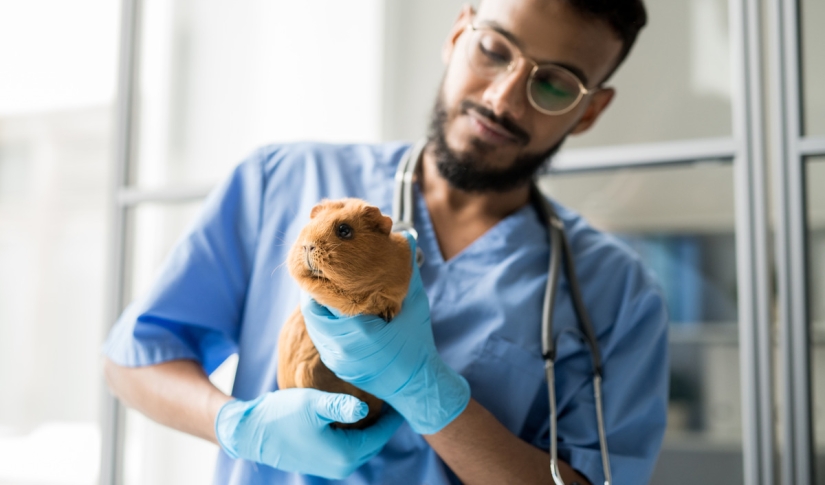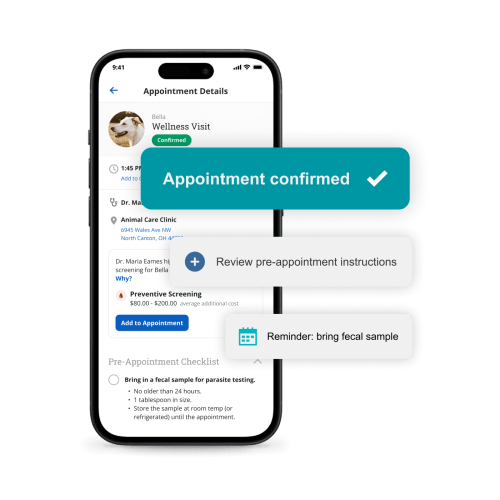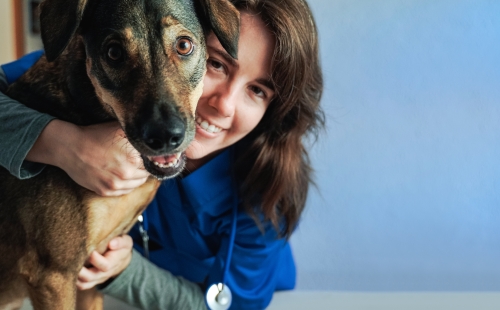Tales from the Frontline: Embracing Neurodiversity in Veterinary Medicine

It’s Not a New Catchphrase
Being neurodivergent means having a differing mental or neurological function form from what is considered typical or normal. In veterinary medicine we regularly deal with different personalities who view the world and how it works differently. Acknowledging that this is nothing new and figuring out how to truly embrace neurodivergence in the workplace is key in continuing to promote the growth and change in veterinary medicine. Being aware that different methods of processing information, strengths and challenges is crucial on embracing our differences and finding ways to build upon those differences.
Creating a Safe Place
There has always been a societal stigma for those who think differently. By accepting we are all wired differently, we can create a place that encourages people sharing ideas, asking questions, and deviating from the standard way of doing things. By being open to new ideas, creating a positive culture that embraces differences and being open to new ideas we can draw in those who do the same. Be able to accept feedback and differing opinions. Look for those who ask questions. People who don’t just accept the status quo. As leaders and colleagues, we must be willing to see the workplace with a different view. Viewing questions, ideas and even resistance to improve our practices as opposed to viewing it as criticism is the first step to allowing others who think differently to feel safe enough to speak up and speak out.
No One Owes You a Disclosure
Given the negative stigma many neurodivergents have endured in their lives, many who deal with it may not be comfortable in confiding or sharing. That’s ok. Paying attention to the people around you who may struggle more with attention, anxiety and not understanding social cues is important. Don’t make assumptions, but learning to adjust to the needs of the different personalities and people you work with creates a better outcome for our patients, clients and workplace.
Embrace Accommodations
Allowing people adequate rest breaks, lunches, consistent schedules are all ways that you can create continuity. Leadership giving clear concise feedback makes it more digestible. Creating protocols and structure while also allowing some flexibility is important. Some people may work better by having a split schedule. Some people may prefer to power through. Some may need checklists to complete tasks. Some may need the freedom to bounce between tasks to avoid boredom and burn out. Finding job duties that emphasize people’s strengths ensures that they are fulfilled by their work. Accepting that some may need a break when overstimulated will allow them to be at their best if we have given them time to decompress.
Searching for Strengths
If there is an employee who may have a very structured and rigid thought process, we can embrace that. This person may love OSHA, helping create procedures and protocols. If there is a more direct employee, these individuals may be the superstar when it comes to dealing with a blunt client. If you have someone who prefers to keep their mind busy this may be someone who looks to train others or find educational resources during their down time. We are all in this together and all of us want to help animals. The puzzle is always finding ways to search for strengths. Neurodiversity in veterinary medicine has always been there. Fear of stigma has made people feel weak or weird for thinking outside of the box when it comes to our day to day. By acknowledging that there will always be people who think differently we can begin to focus on embracing and elevating those who view the world differently.




